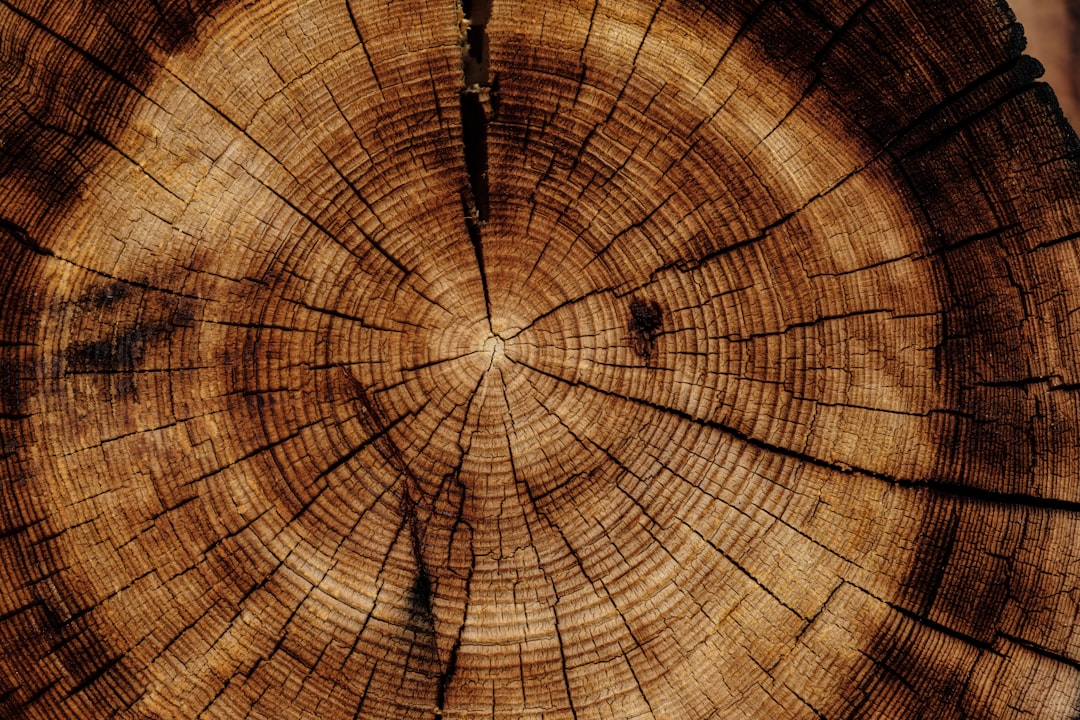Timber harvesting has long been a cornerstone of human civilization—providing the raw materials for shelter, tools, furniture, paper, and even fuel. As global demand for wood continues to rise, the challenge lies in balancing the use of forest resources with the need to conserve biodiversity, maintain ecosystem services, and address climate change.
In this post, we’ll explore the modern world of timber harvesting and wood products, highlight key sustainable practices, and examine the innovations transforming the way we manage, harvest, and utilize wood.
🌲 The Role of Timber in Society
Wood is one of the most renewable, versatile, and carbon-efficient natural resources available. From traditional construction to high-tech materials, wood products touch nearly every aspect of daily life. Timber harvesting, when managed sustainably, supports:
-
Rural economies and employment
-
Housing and infrastructure development
-
Renewable energy through biomass
-
Climate change mitigation via carbon storage in long-lived wood products
But without responsible practices, timber extraction can lead to deforestation, habitat destruction, soil erosion, and carbon emissions.
🌳 Sustainable Timber Harvesting Practices
Sustainable timber harvesting aims to meet today’s wood needs without compromising forest health or future productivity. Key principles include:
1. Selective Logging
Instead of clear-cutting, selective logging involves removing specific trees based on size, species, or maturity—maintaining canopy cover and ecosystem integrity.
2. Reduced Impact Logging (RIL)
This method minimizes damage to the surrounding forest during harvest by carefully planning access routes, using directional felling, and training workers in best practices.
3. Harvest Scheduling and Rotation
Foresters plan timber extraction based on growth rates, forest age, and regeneration cycles to ensure continuous forest productivity.
4. Reforestation and Regeneration
After harvesting, forests are replanted or allowed to naturally regenerate, ensuring that forest cover is maintained or expanded.
5. Protection of High Conservation Value (HCV) Areas
Sensitive zones like riparian buffers, steep slopes, and wildlife habitats are preserved to maintain ecosystem functions and biodiversity.
6. Monitoring and Certification
Independent certifications like the Forest Stewardship Council (FSC) and Programme for the Endorsement of Forest Certification (PEFC) ensure timber is harvested according to strict environmental and social standards.
🪵 From Forest to Product: Wood’s Journey
After harvesting, wood follows a value chain that includes:
-
Processing: Logs are cut, dried, and treated in sawmills or pulp mills.
-
Manufacturing: Wood becomes lumber, plywood, engineered wood products, furniture, paper, and more.
-
Distribution: Products reach global markets through both large-scale industries and small-scale local enterprises.
The efficiency and sustainability of this chain greatly influence the overall environmental impact of wood products.
🌍 Innovations in Wood Products and Technologies
Modern technology is reshaping the timber industry in exciting ways, making wood more sustainable, durable, and versatile than ever before.
1. Engineered Wood Products
Products like cross-laminated timber (CLT) and glulam allow wood to be used in high-rise construction, replacing steel and concrete and reducing carbon footprints.
2. Digital Forestry and Drones
Remote sensing, drones, and GIS technologies improve forest inventory, harvesting planning, and monitoring—enhancing precision and reducing waste.
3. Biodegradable and Bio-based Materials
Wood fibers are being used in bioplastics, textiles, and packaging, offering alternatives to fossil-fuel-based products.
4. Timber Traceability Systems
Blockchain and RFID tagging systems help track wood from forest to market, improving transparency and combating illegal logging.
5. Circular Economy and Wood Recycling
Reclaimed wood and wood waste are increasingly repurposed into new products, reducing pressure on natural forests and minimizing waste.
🔄 Climate and Carbon Benefits
Sustainably harvested wood acts as a carbon sink, storing CO₂ throughout its life. Long-lasting wood products—like buildings and furniture—can sequester carbon for decades or even centuries.
Additionally, substituting wood for more energy-intensive materials like steel, aluminum, and plastic reduces overall greenhouse gas emissions.
🧭 Challenges and Considerations
Despite progress, several challenges remain:
-
Illegal logging continues to threaten forests in many parts of the world.
-
Overharvesting in poorly managed forests leads to degradation and biodiversity loss.
-
Climate change affects forest growth and species distribution, complicating harvest planning.
-
Social equity must be considered to ensure benefits are shared with Indigenous and local communities.
Addressing these issues requires strong governance, investment in sustainable technologies, and ongoing collaboration between governments, industries, and communities.
🛠️ What Consumers Can Do
Your purchasing decisions matter. Here’s how to support sustainable wood products:
-
Look for certified wood labels (e.g., FSC, PEFC).
-
Choose reclaimed or recycled wood whenever possible.
-
Support local and responsibly sourced wood producers.
-
Avoid products linked to deforestation or illegal logging.
-
Advocate for transparent supply chains and eco-conscious brands.
🌳 Conclusion
Timber harvesting and wood products are integral to our lives and economies—but they don’t have to come at the cost of forest health. Through sustainable practices and technological innovation, the timber industry can be a powerful force for conservation, climate resilience, and circular economy development.
By valuing forests not just for what we can extract, but for the ecosystems, cultures, and future they support, we can ensure that wood remains a truly renewable and responsible resource for generations to come.

Comments
No comments yet. Be the first to comment!
You must be logged in to comment. Login